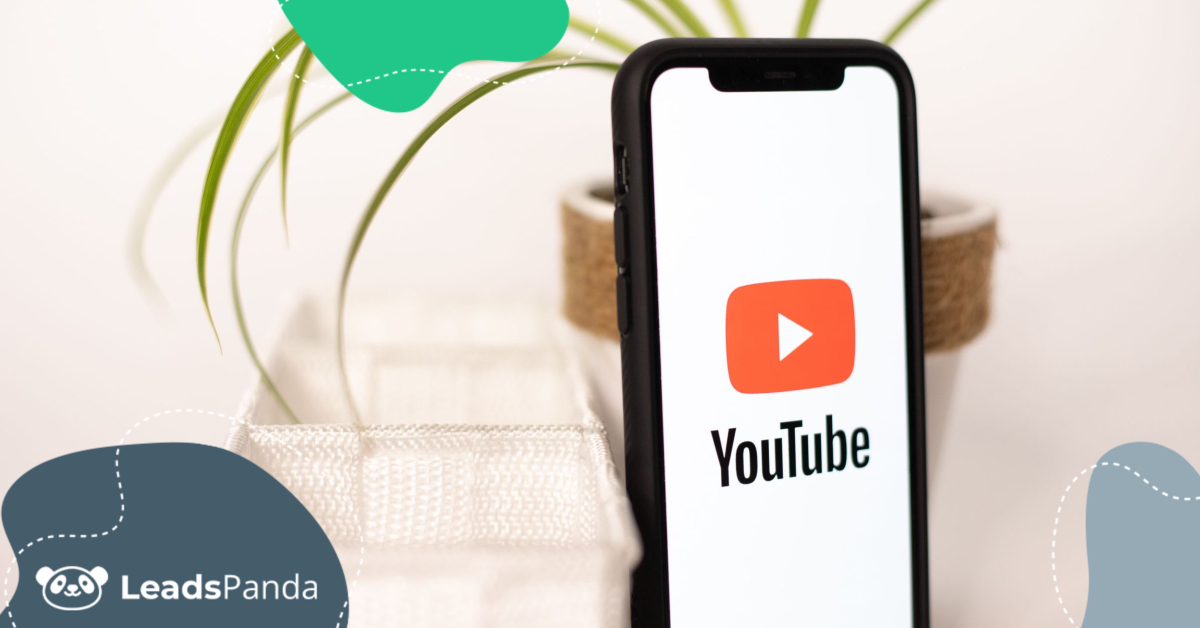3 Reasons to Use YouTube in Your B2B Content Marketing Approach
Personalized content remains a key element as a B2B marketing tactic. If an audience is not engaged and cannot picture themselves as a part of the scenario, they will turn their attention elsewhere.
Technology has changed the way buyers do research, and marketing videos are no exception. Much of information needed to make a buying decision is done before your B2B company is even contacted, making content marketing that much more vital in a mobile age.
Content marketers understand this, but how do you go about using a worldwide video platform for your B2B company that is as popular for dancing cats as it is important for the business world? There is no question that content marketers are using video as a tactic-76%, in fact, utilize videos in the organization they represent, according to CMI’s 2015 report.
Are Marketers Getting It Right?
With so much potential for marketing opportunity, from whitepapers to e-newsletters to blog posts, the options at time seem endless. Mobile marketing has taken off and the introduction of YouTube 10 years ago helped to change the way we communicate forever. B2B content marketers are obviously using the video platform, but not always with a video strategy.
Take a look at these statistics:
- 54% of us use YouTube for launching product worldwide
- 72% of B2B marketers in North America use YouTube for content distribution
In an industry marked by a long sales cycle, multiple decision-makers, and a shift to a younger, technologically advanced audience, marketers need to stay up-to-date on relevant content and the purchasing habits of their buyers. Part of this includes a video strategy, one that can go hand-in-hand with a video platform. As B2B Marketing reminds us, it’s about targeting people, aligning the strategy with core values, optimizing, and targeting your defined audience.
Once this strategy is in place, your video content marketing becomes that more effective.
Use YouTube Effectively In Content Marketing
1.To Measure Results: One of the easiest ways to gauge an audience’s interest is to look at how long your content videos are being watched. Useful, relevant videos are viewed an average of 30 minutes by about half of typical B2B buyers. Half of an hour is quite a bit of time for marketing purposes.
2. To Impart the Message: Opening up a blog post with a video can serve as a great attention-getter; sharing one on social media helps to generate engagements. Create interest by posting a YouTube link in an e-newsletter. And anytime you can drive the audience back to your site via a YouTube video means more exposure to your content.
3. To Put a Human Face with the Message: It is easy to forget the truth that behind that screen, social media “like”, and YouTube click is an actual person, with real issues and problems needing to be solved. Utilizing a video strategy for B2B content marketing connects people to people in an industry that is often marked by checkmarks, deadlines, and emails.
YouTube is not the only video marketing strategy out there, although it is the second largest search engine and processes billions of searches every month. The key is have a plan in place in order to know who is watching your videos and why, and if those viewers are part of the intended audience. One way to do this is through YouTube analytics; this resource will show you minutes watched, top videos viewed, likes and dislikes, and shares. The demographics section shows location of viewers worldwide and gender (if available).
Authentic Content to Draw in Your Audience
Video content marketing puts a face with a name, a person with a business, and a connection with what others may have only heard about. Using YouTube in conjunction with a video marketing strategy has the potential to open doors of opportunity that can guide you to leads and new customers.
Does your B2B company have a video marketing strategy in place? Have you implemented YouTube into your content marketing plan?
Share This Story
One Comment
Leave A Comment
Get the latest growth ideas, strategies, and best practices delivered to your inbox.
Quick read that helps 7000+ subscribers.









[…] speakers to create short, “snackable” videos that you can upload to social media platforms like YouTube, LinkedIn, Facebook, and […]